Automation Takes Command
How to Shape Deep Learning AIs?
Anthony Masure (Head of Research, HEAD – Genève, HES-SO)
“Deep City: Climate Crisis, Democracy and the Digital”
EPFL, International Latsis Symposium – Open Forum
March 25, 2021
1.
Deep learning as mimetic machine
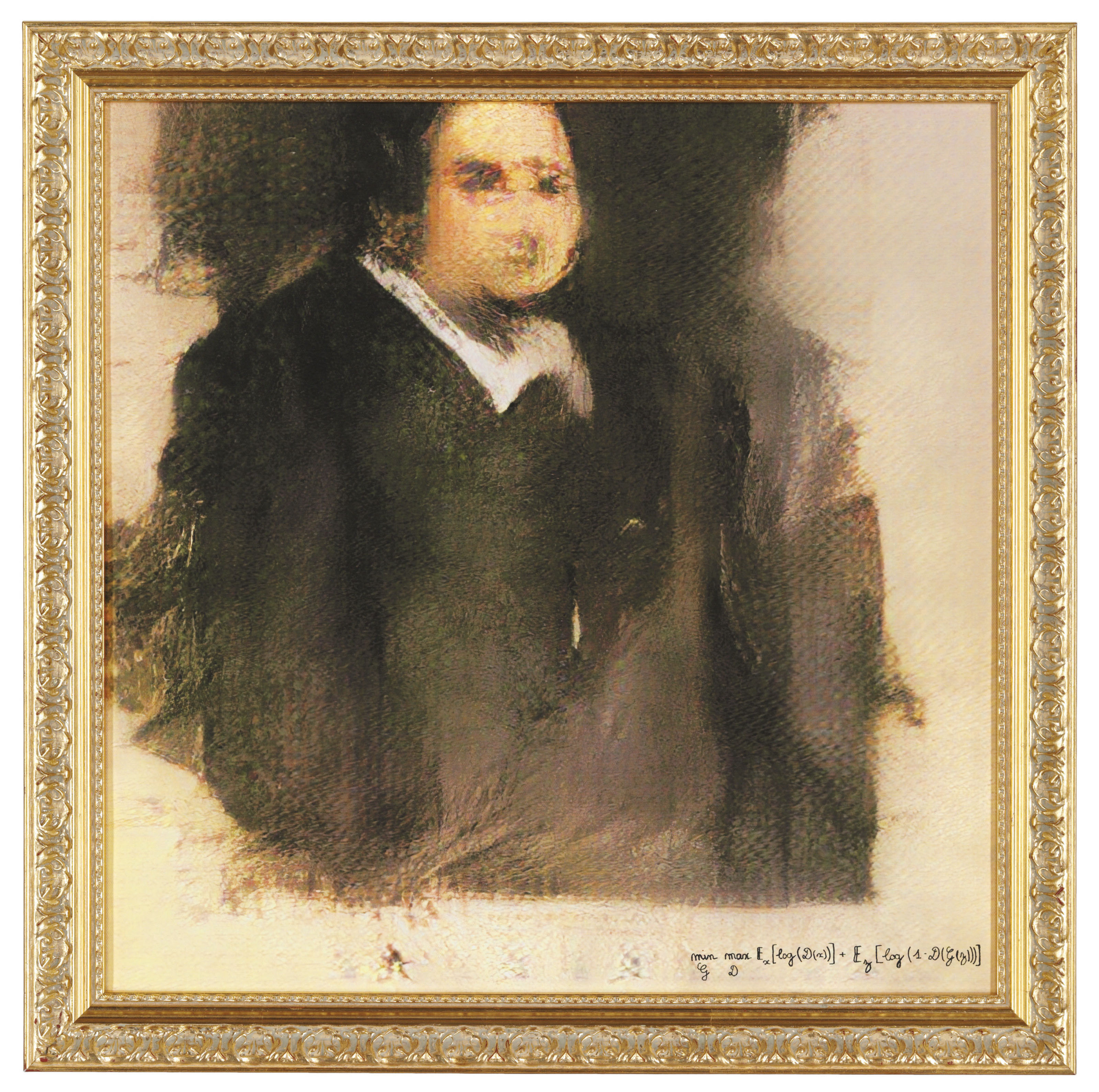
Portrait of Edmond Belamy, 2018, created by GAN (Generative Adversarial Network)
Sold for $432,500 on 2018 at Christie’s NYC
Deep learning as mimetic machine
How can history help us analyze the dominant ways
of “artistic” AIs?
2.
AIcademism
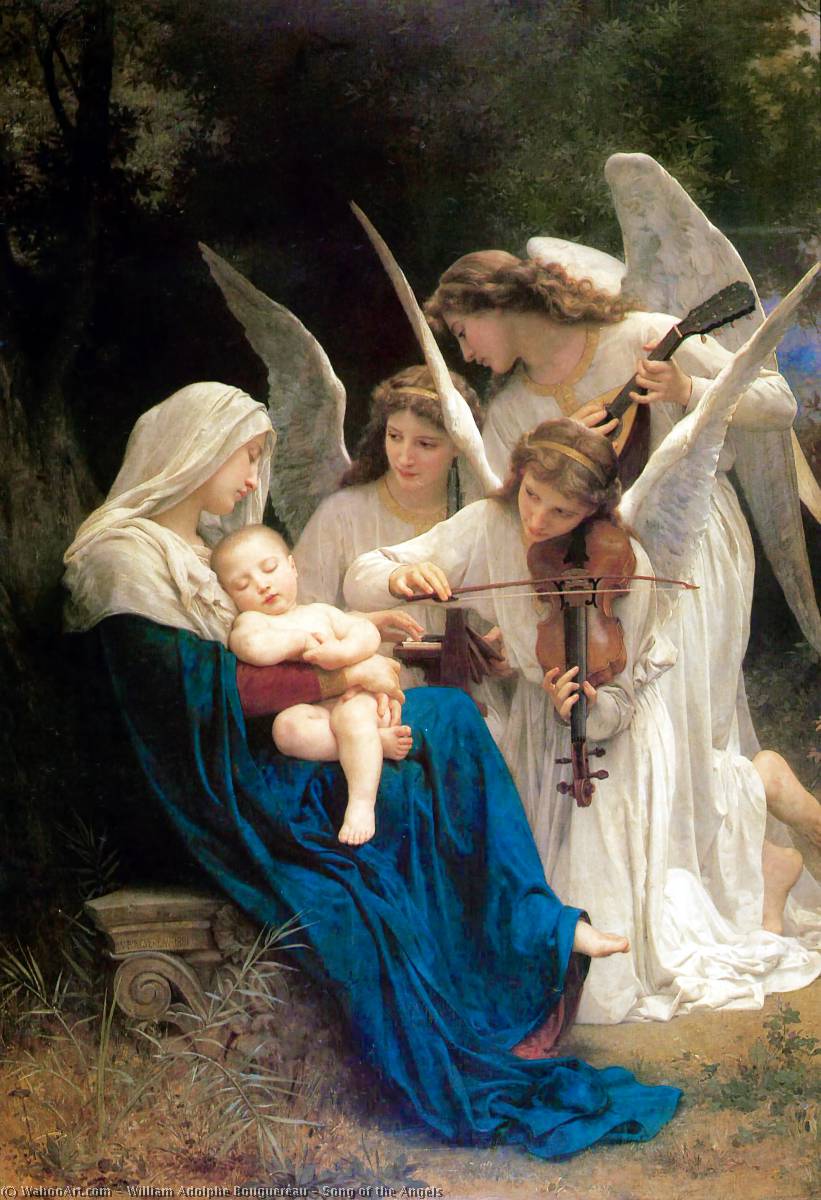
William-Adolphe Bouguereau, Song of the Angels, 1881
This painting was made at the same time than modern art and its avant-gardes
Academism → AIs
Hierarchy of genres → Technological ideal
Superiority of drawing over color → Vectoring the world
Indoor work → Cloud computing
Copy works of past artists → Remix old art datasets
High polish → High resolution
AIs without “true” shapes?
The acceptance of a world shaped by AIs arises less in terms of replacement (replacement of man by machine) than in terms of recovery: an environment in which one could not distinguish what is produced, or not, with AIs.
3.
De-automatize AIs
3.1
Thwart security logic
with more opacity
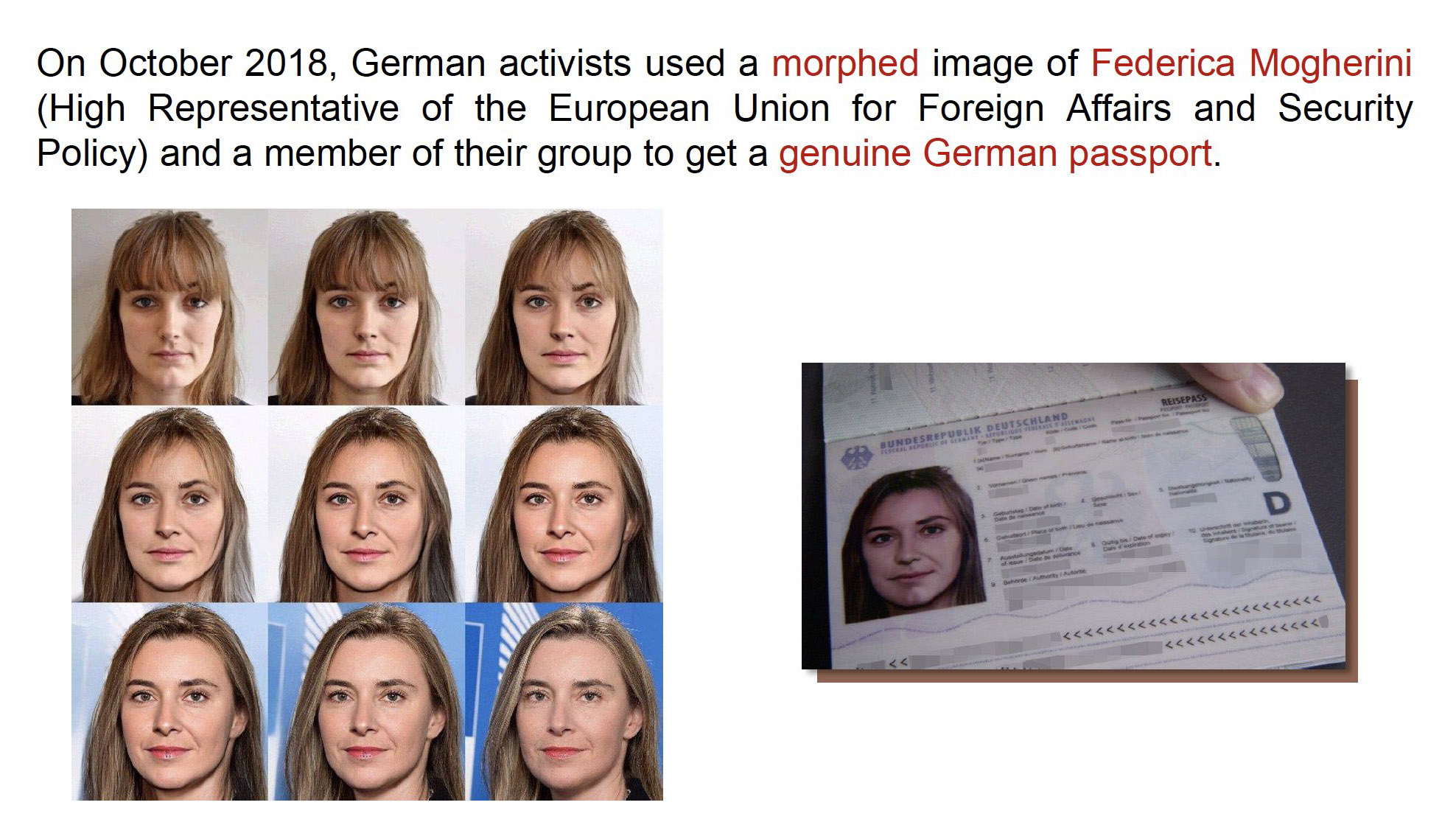
“German Art Activists Get Passport Using Digitally Altered Photo of Two Women Merged Together”
Made by GAN (Generative Adversarial Network)
3.2
Highlighting the aesthetic standardization of the world
“World’s First AI-Designed Manga Based on the artistic style of Osamu Tezuka,” 2020
Quoted in Tom Lebrun & René Audet, L’intelligence artificielle et le monde du livre, 2020
Highlighting of artistic and stylistic tropes
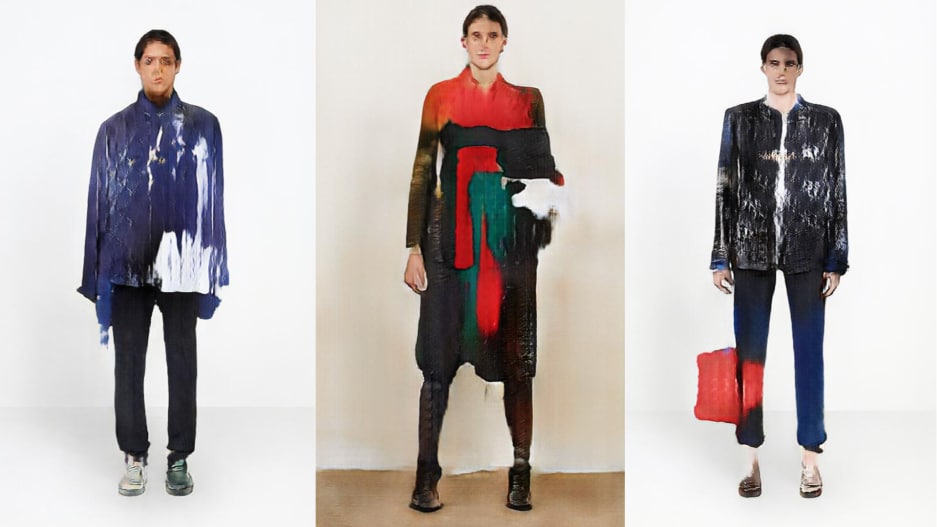
Robbie Barrat, Balenciaga AI, 2018
Fashion as a false renewal
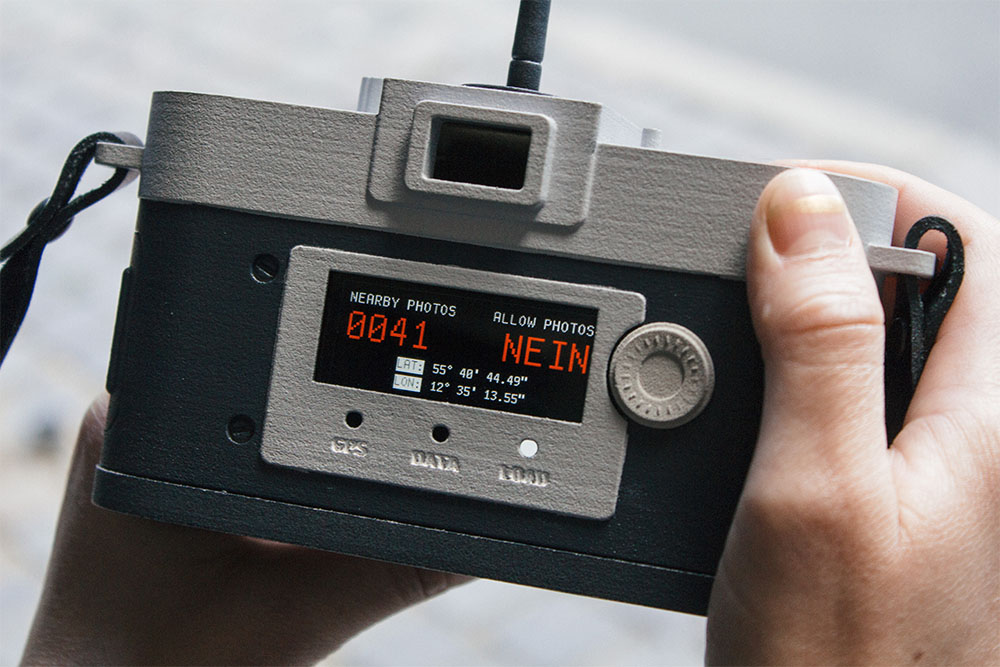
Philipp Schmitt, Camera Restricta, 2015
This camera excludes banal images by counting the geotags nearby
3.3
Taking transcoding
one step further
“If I can’t translate, I can’t compare. […] It is very easy to translate a treatise on chemistry from English into French, but translating a poem by Li Tai Po into French is almost impossible, translating Mozart into architecture is a big problem. […] Perhaps when the science of codes has made greater progress, we will be able to make families of codes. Maybe we will find some codes that can be translated and some that cannot. […] This is a theory for new times. It is a very large field of commitment, because it is not only a question of translating from English into French, it is, for example, translating Marx into Freud, or Freud into Catholicism, or Catholicism into Neopositivism. This is the real game”.
— Vilém Flusser, Le monde codifié, Paris, lecture at Institut de l’Environnement, 1973
Grégory Chatonsky & Karmel Allison, Machines Upon Every Flower, Anteism Press, 2018
Image generation from generated texts
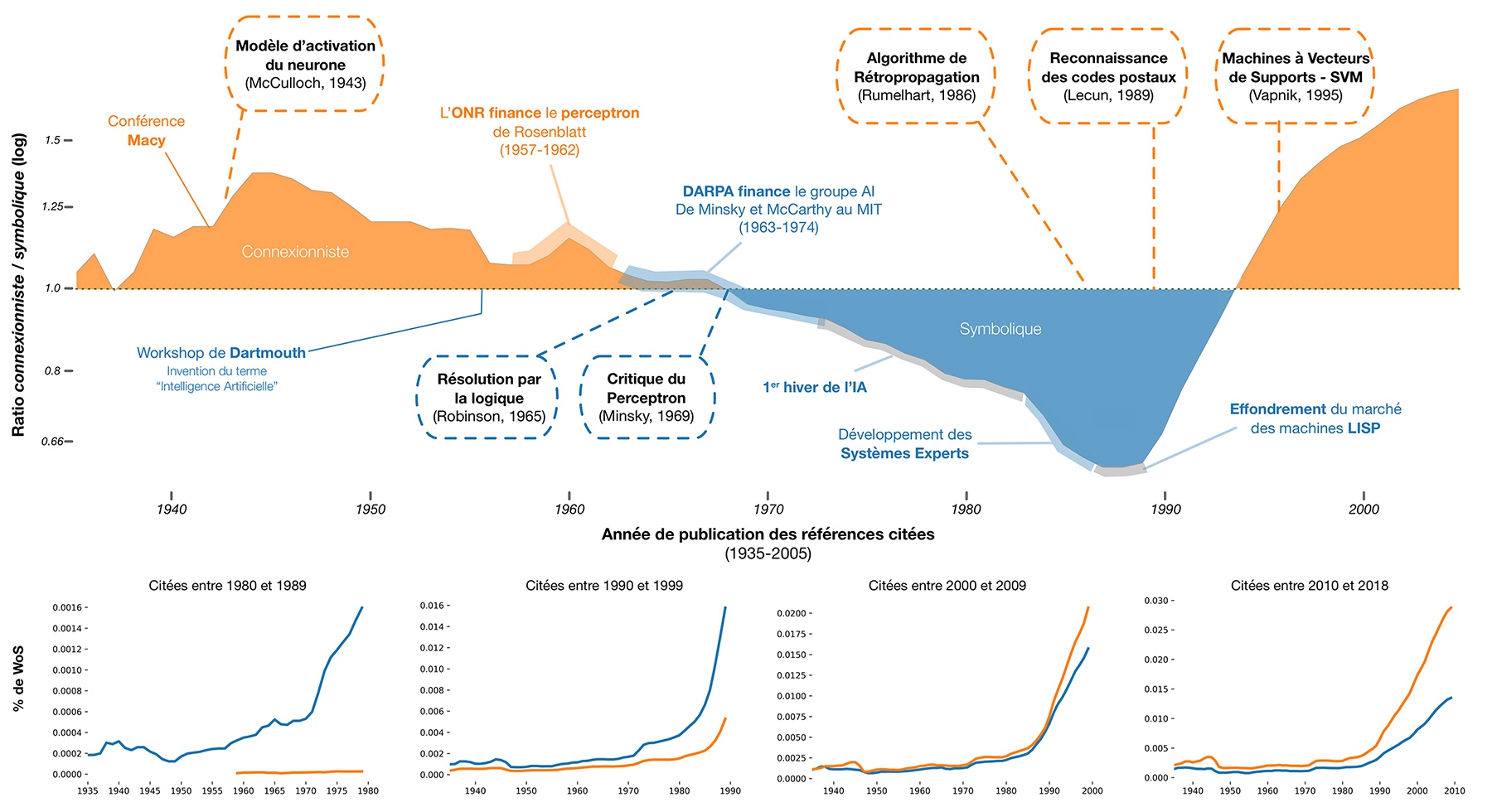
Dominique Cardon, Jean-Philippe Cointet, Antoine Mazières, “Neurons spike back,” 2018
Evolution of the Academic Influence of Connectivity and Symbolic Methods
“It is a question of thinking of technology as a system that must never be abandoned and must be able to remain critical, but also as a gigantic mine of resources and potentialities. This is where we must draw on to imagine new qualities”.
— Ezio Manzini, Artefacts. Towards a new ecology of the artificial environment, 1990
@AnthonyMasure
www.anthonymasure.com
Slides powered with Reveal.js, MIT License
License (texts only): CC BY-SA
Typeface: Recursive Variable (Stephen Nixon × Arrow Type, 2017–2020)
Gradient: Deep City Symposium website